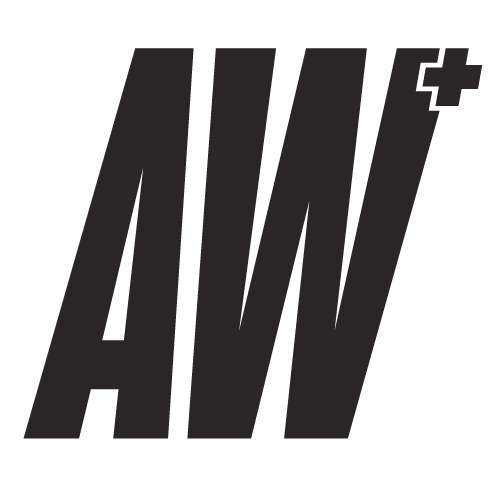Mark your calendar for Mediaweek, October 29-30 in New York City. We’ll unpack the biggest shifts shaping the future of media—from tv to retail media to tech—and how marketers can prep to stay ahead. Register with early-bird rates before sale ends!
LinkedIn detailed several updates at its Talent Connect conference Wednesday aimed at helping members find and prepare for open jobs at their companies and helping those companies discover qualified internal candidates for open roles.
LinkedIn Talent Solutions vice president of product management Hari Srinivasan explained in a blog post, “With organizations bracing for an economic downturn, companies are adapting how they run and grow their businesses to focus on the highest priority areas—with internal mobility, skill development and the ability to hire based on skills and shared values at the core of their strategies.

WORK SMARTER - LEARN, GROW AND BE INSPIRED.
Subscribe today!
To Read the Full Story Become an Adweek+ Subscriber
Already a member? Sign in

